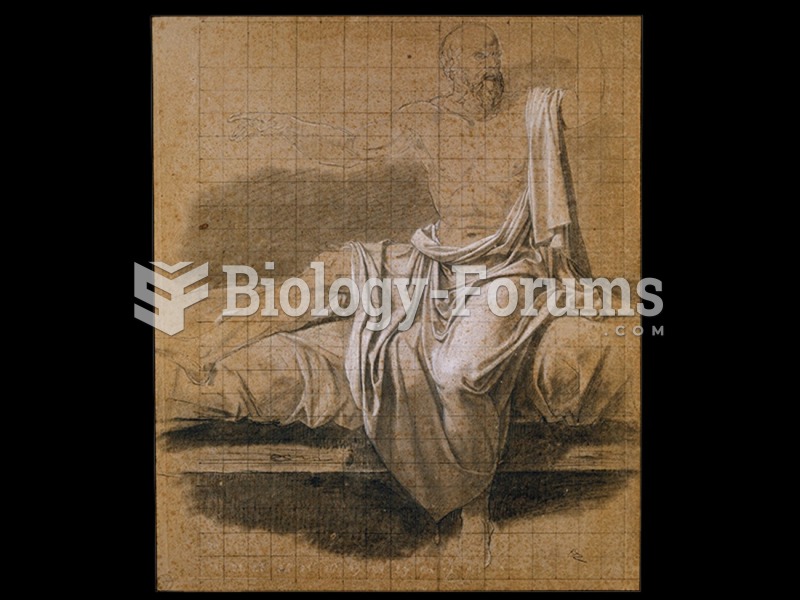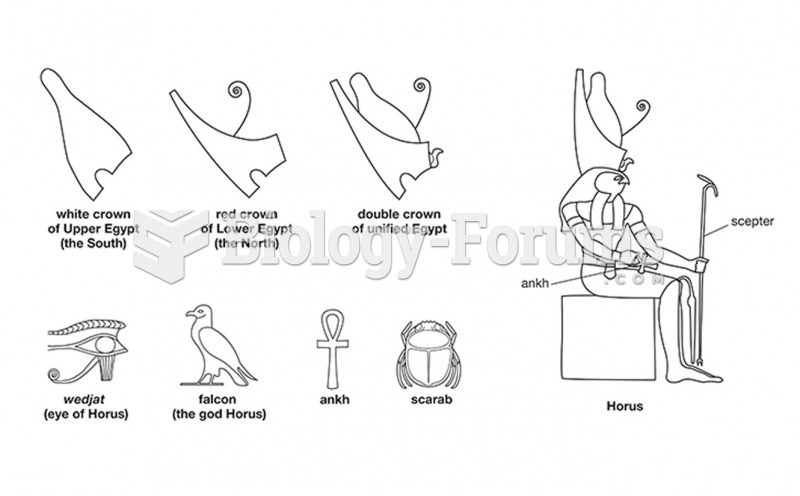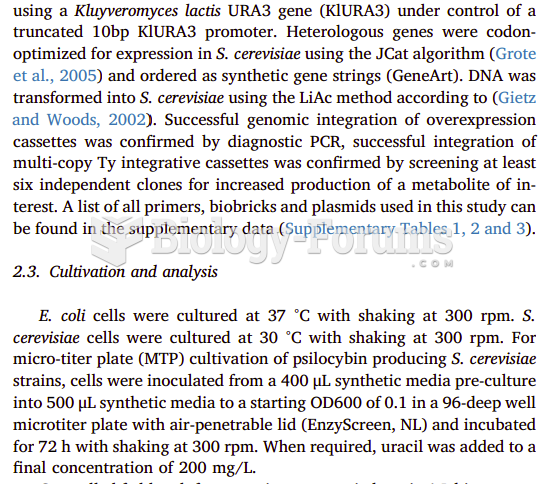This topic contains a solution. Click here to go to the answer
|
|
|
Did you know?
Women are 50% to 75% more likely than men to experience an adverse drug reaction.
Did you know?
According to animal studies, the typical American diet is damaging to the liver and may result in allergies, low energy, digestive problems, and a lack of ability to detoxify harmful substances.
Did you know?
In 1864, the first barbiturate (barbituric acid) was synthesized.
Did you know?
The average office desk has 400 times more bacteria on it than a toilet.
Did you know?
Drying your hands with a paper towel will reduce the bacterial count on your hands by 45–60%.







